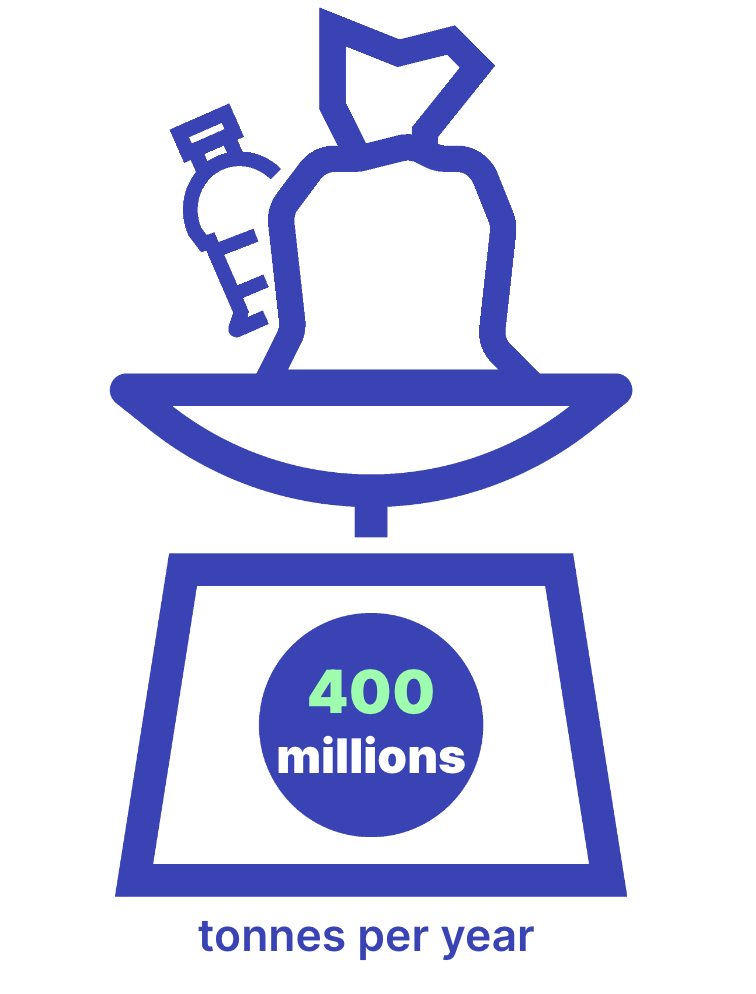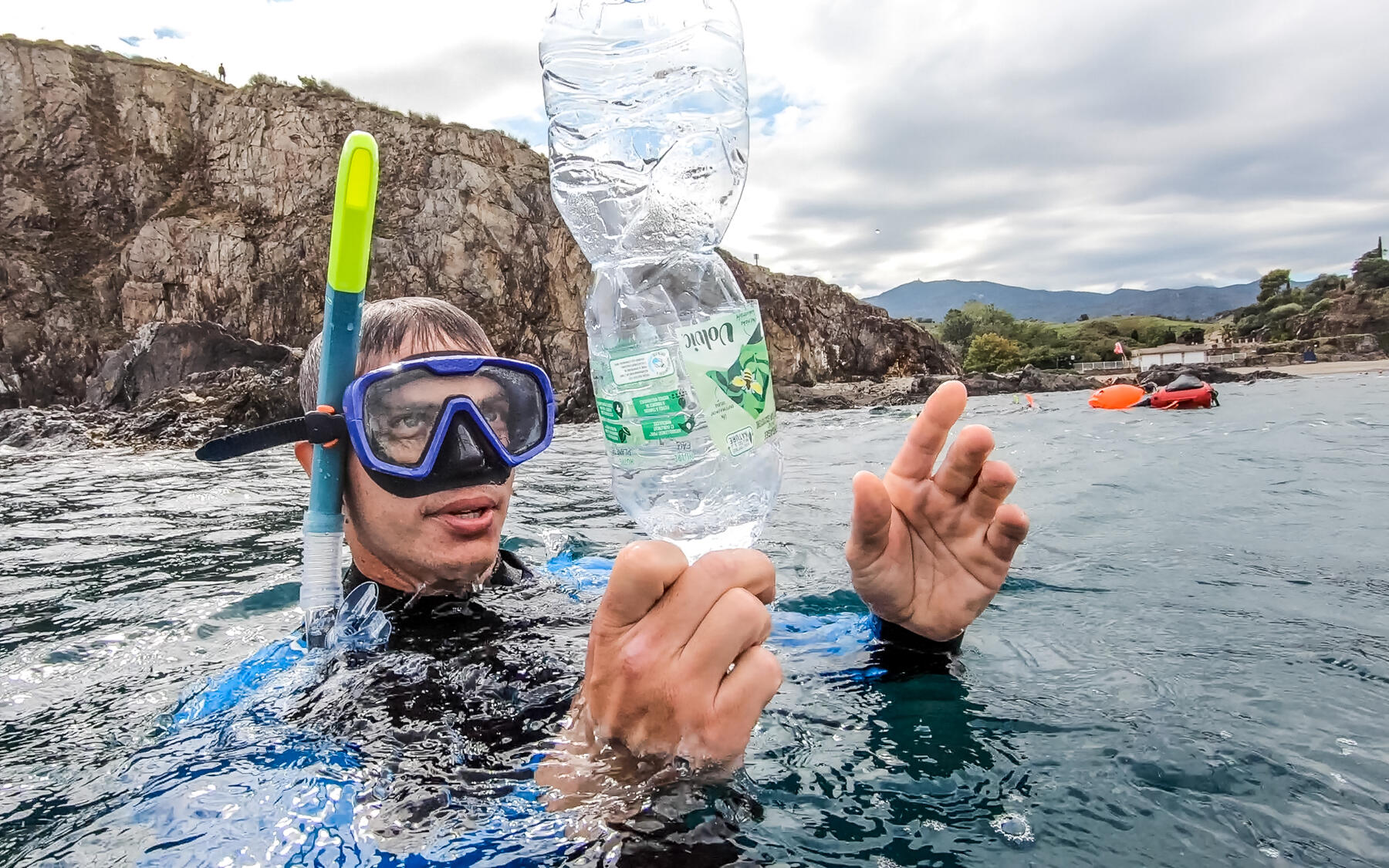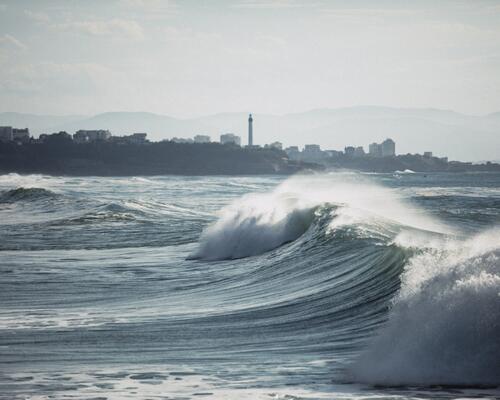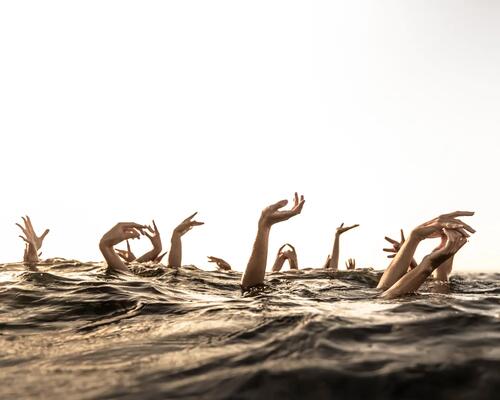What is plastic?
We hear about plastic all the time. But what is it, really? The word "plastic" comes from the Greek "plastikos", meaning "able to be moulded". The primary property of this material is therefore its high degree of malleability.
Plastic is also light, waterproof and, above all, inexpensive. These characteristics rapidly led to the material being used extensively: bottles, packaging, equipment, tools, toys... plastic is used in everything! See for yourself: look at the all the objects around you... crazy, isn't it?













